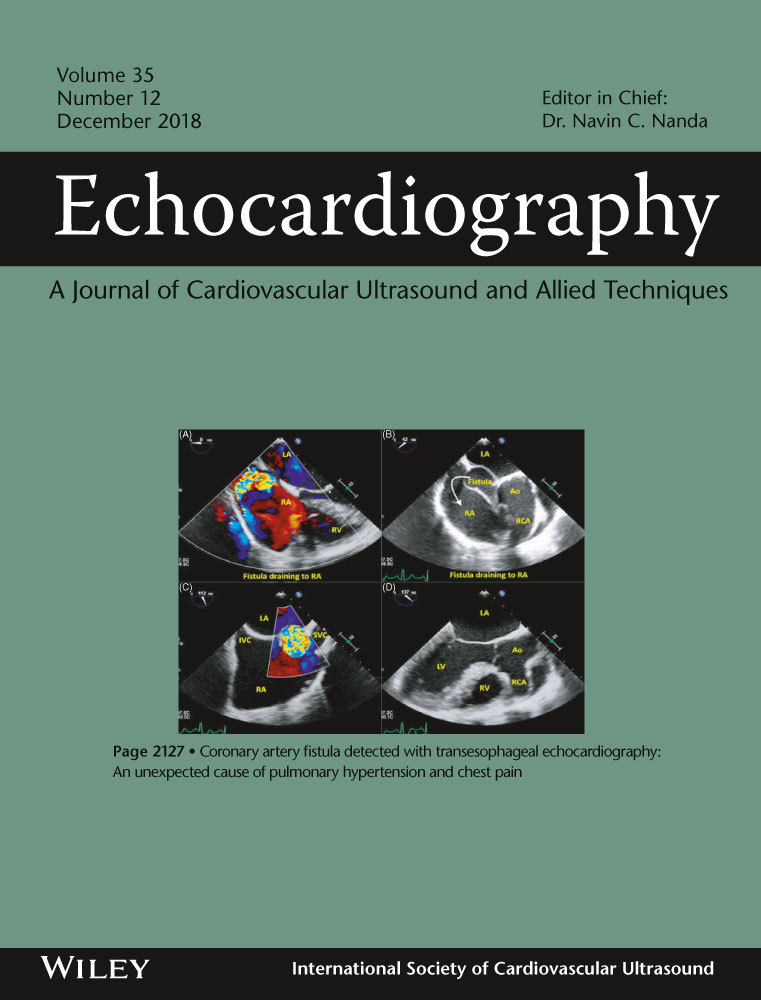Intermittent malfunction and regurgitation of a mitral prosthetic valve due to entrapment by a residual subvalvular apparatus
Abstract
Intermittent malfunction is a rare but potentially serious complication of prosthetic heart valve (PHV) replacement. It may be observed in both mitral and aortic valve prosthesis and may lead to either paroxysmal obstruction or regurgitation, depending on the valve location and on the phase of the cardiac cycle during which the leaflet is entrapped. The most frequently encountered causes of intermittent valve malfunction are pannus formation, prosthetic valve thrombosis, vegetations, and remnants of subvalvular apparatus such as chordae tendineae and suture material. Intermittent severe regurgitation of PHV due to residual chordae tendineae is very rare clinical entity, and transesophageal echocardiography is an indispensable guide in the differential diagnosis. Here, we represent an interesting case of intermittent regurgitation of a mitral prosthetic valve due to entrapment by a residual subvalvular apparatus.




